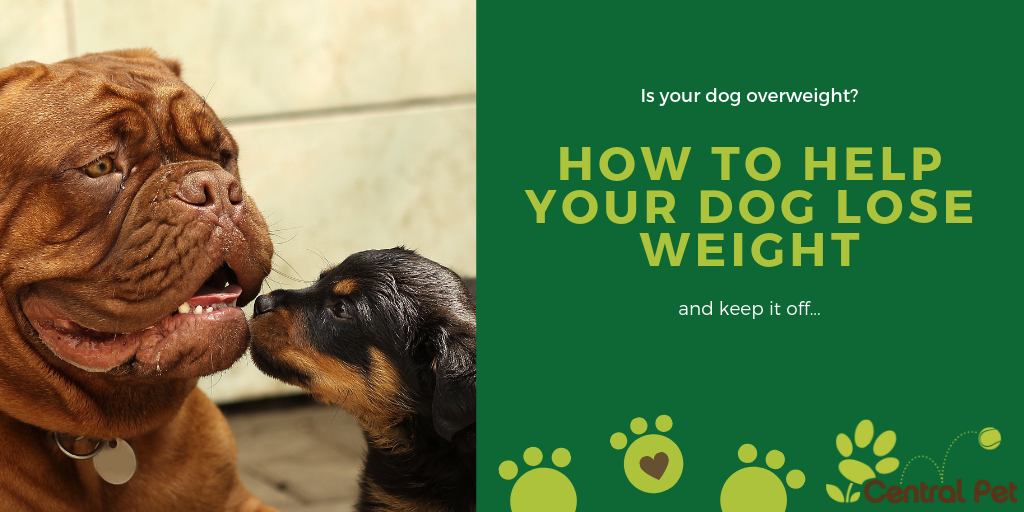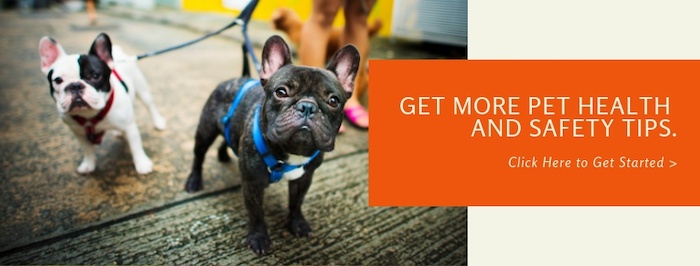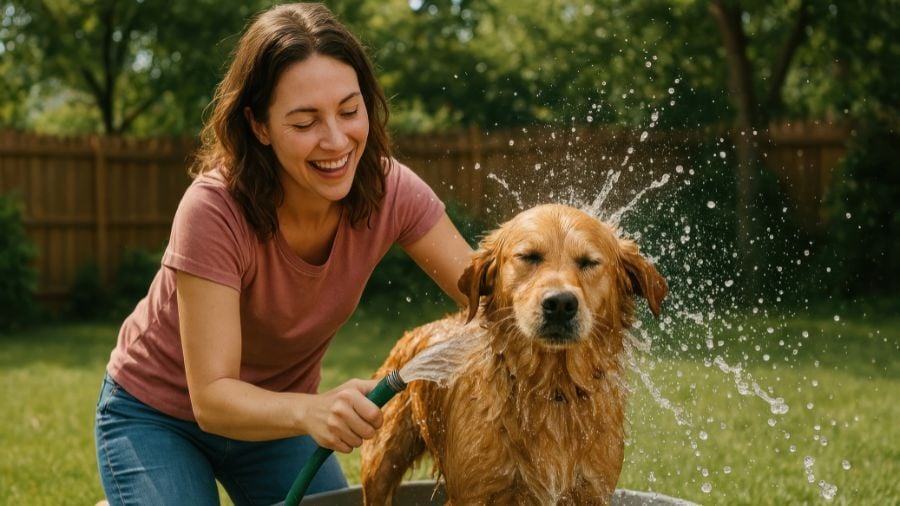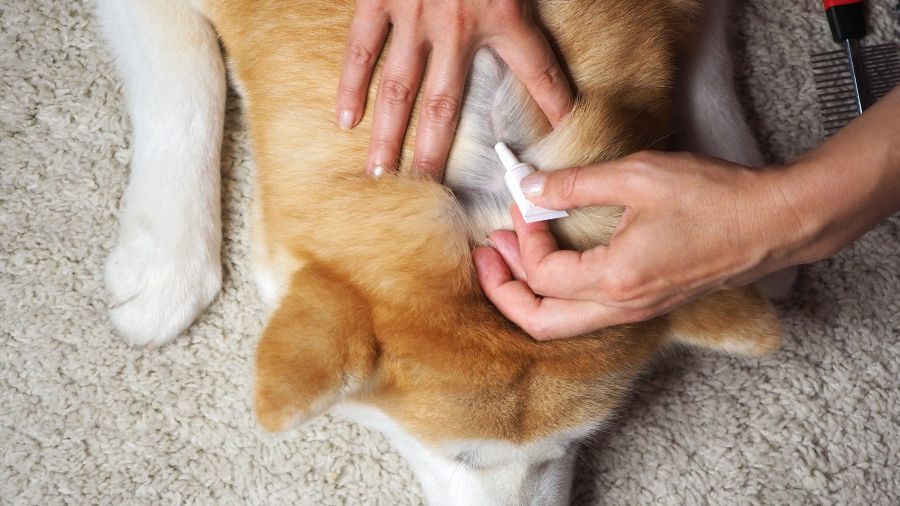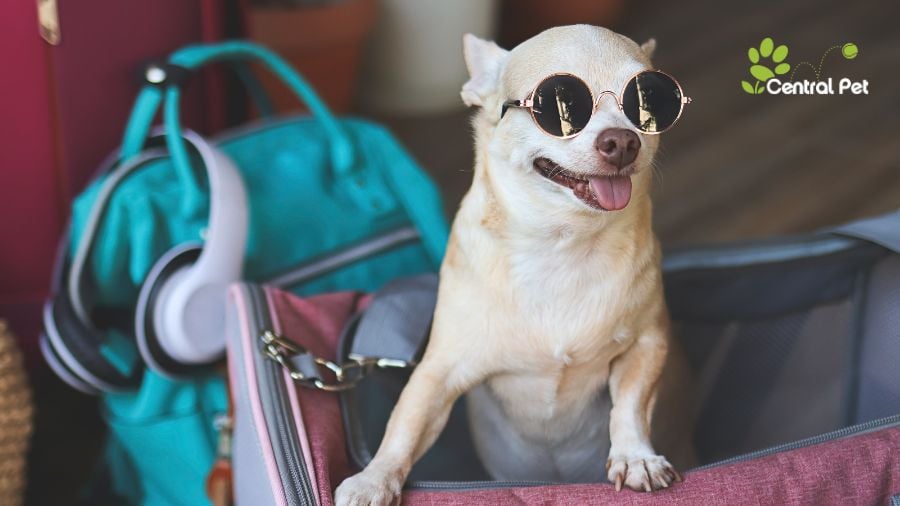Just because pudgy pooches might be common these days, it doesn’t mean it’s healthy. According to a 2018 survey conducted by the Association for Pet Obesity Prevention, an estimated 56% of dogs in the United States were overweight or obese, making pet obesity a serious health threat to our beloved canines. Fortunately, there are plenty of things you can do to help improve the overall health and well-being of your dog.
Why Your Dog Should Maintain a Healthy Weight
Excess weight can trigger some serious medical conditions in dogs. An overweight dog is more likely to suffer from:
- Diabetes
- Arthritis
- Lung disorders
- Immune dysfunction
- High blood pressure
- Heart disease
- Cancer
Obesity not only affects your dog’s quality of life, but it also affects their quantity of life--as in their lifespan. Typically, dogs who pack on too many pounds tend to live shorter lives than dogs who maintain a healthy weight. Furthermore, excess weight can slow them down, making them less likely to be the energetic and playful companion you enjoy
Determining the Ideal Weight for Your Dog
It can be hard to tell by appearance alone if your dog is overweight, especially if you aren’t sure what normal should actually look like. Just because they may look like they’re in good shape to you doesn’t mean they actually are.
Aren’t sure if your dog has a weight issue? There’s actually a simple way to find out. Stand over your dog and look down, focusing on his or her rib cage. If the ribs are visible, then your pup is too skinny. If the ribs are not visible, reach down to see if you can feel them. If you can’t, or if you have to push down to feel them, then your pup may be overweight.
In addition to keeping an eye on your dog at home, it’s important to be consistent with yearly checkups with your veterinarian. Taking your pup to see the vet for regular assessments is a good way to ensure he or she stays in good health.
Because there are so many breeds of dogs, there’s no easy way to give an average healthy weight. You can, however, see a list of ideal weights of dog breeds here.
Tips for Weight Loss in Your Dog
It’s important to understand that there are a variety of reasons that could be causing your dog’s obesity. In most cases, however, it is the result of an imbalance between energy intake and its usage. In other words, your dog is eating more calories than he or she can burn. Because dogs tend to be less active the older they get, obesity is more commonly seen in middle-aged to older dogs.
Be sure to talk with your vet in order to determine whether or not their weight gain is related to an underlying condition. If no underlying condition is present, then you need to put focus on food maintenance and exercise in order to get your dog healthy.
Count Calories
It’s important to understand that most packaged foods are meant for weight maintenance, not weight loss. Therefore, you’ll need to do a little calculating in order to determine how many calories your dog needs each day. To make sure you are giving the right amount, talk with your vet. He or she can calculate the number of calories you should be feeding your dog.
You can also do some math yourself using this formula: divide your dog’s weight by 2.2, multiply that figure by 30, and then add 70. While this can give you a general idea, it is still best to follow up with your veterinarian before starting a diet since metabolisms vary among dogs.
Measure Meals
Instead of simply dumping food into Fido’s bowl, bust out the measuring cup. A measuring cup can be your best friend when it comes to keeping how much food your dog eats in check. Even a few extra kibbles per day can add up over time. Once you know how many calories your pet needs, measure it out for each meal.
Treat Wisely
Treats can be a great way to reward a dog for good behavior. However, the wrong kinds of treats can deter your pet from maintaining an ideal weight. When treats are given, opt for low-calorie, no-sugar goodies that contain single ingredients, making sure to include these additional calories in your dog’s daily allowance. Or, simply treat with fun instead!
Encourage Exercise
Regular exercise isn’t just important for humans, it’s important for pets as well. Not only will exercise help with weight loss, but it will also help improve your dog’s overall health and prolong his or her life.
Aim to exercise your dog for at least 30 minutes a day. Some examples of exercises you can focus on may include:
- Walking or hiking. Hitting the pavement or the trails is a great tool for weight management and boosting both physical and mental health.
- Playing fetch. Tossing a toy with your dog is a great way to make exercise a fun, bonding experience.
- Swimming. Playing in the water can be an all-around healthy activity that exercises your dog’s body and stimulate your dog’s mind.
Looking for fun exercise in a controlled environment? Central Pet offers dog daycare to help keep your dog active and the "Fitness Fido" service for pups who need to burn excess weight and/or energy.
Maintaining a Healthy Weight in the Future
It’s important that you continuously monitor your dog to make sure that he or she is losing the pounds as needed. While you can certainly weigh your dog at home, you may benefit more from the accuracy of your veterinarian’s scale. Some veterinarians allow patients to come in for free weigh-ins. Ask your vet if this is something they offer.
Dogs don’t understand that excess weight can harm them, so it’s up to you to commit to their health. It may take time, but with the right weight loss and exercise program, you’ll have a dog that’s both healthier and happier.


